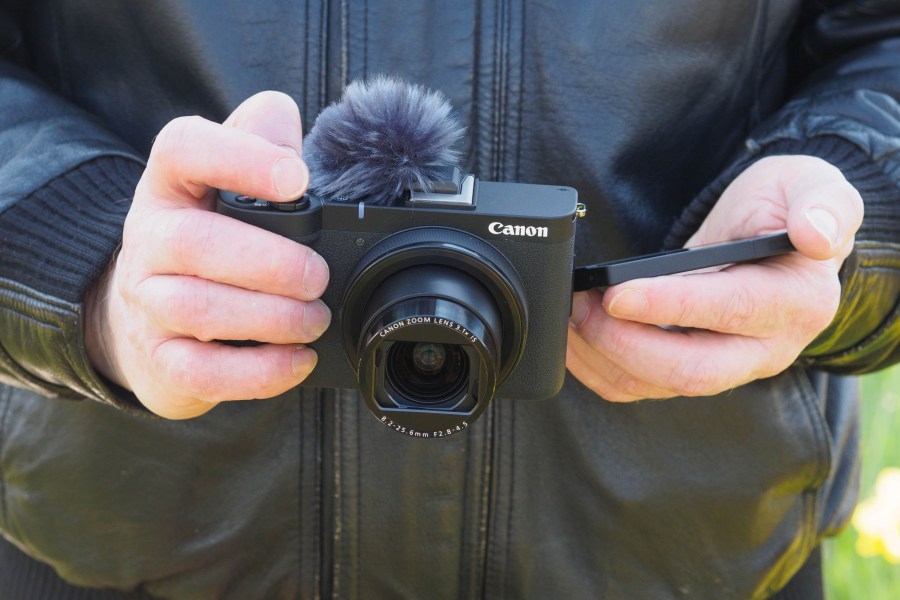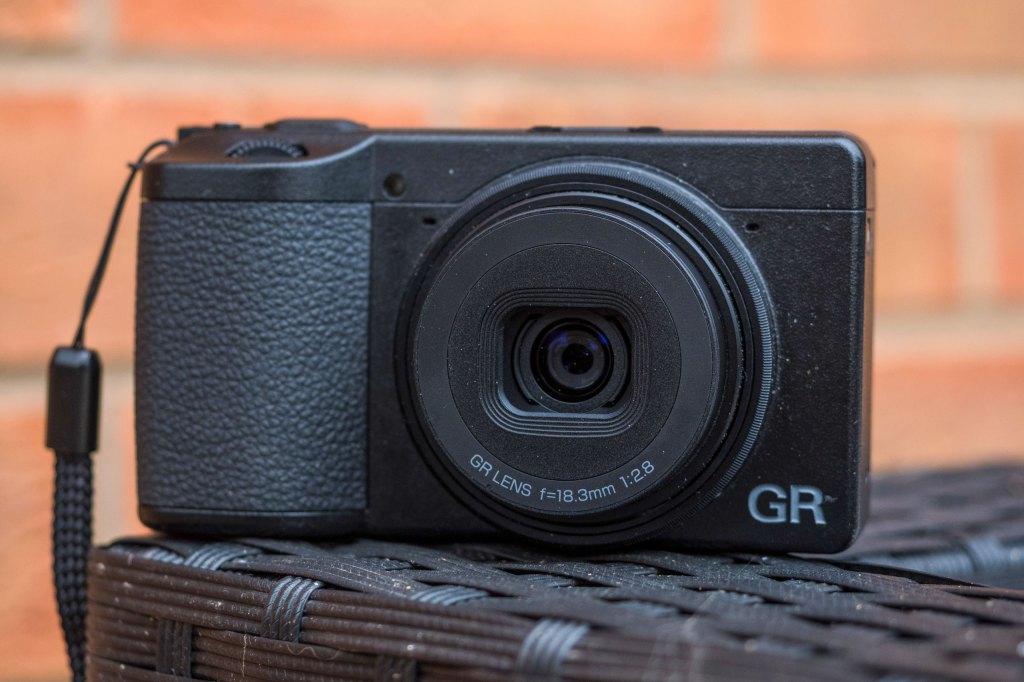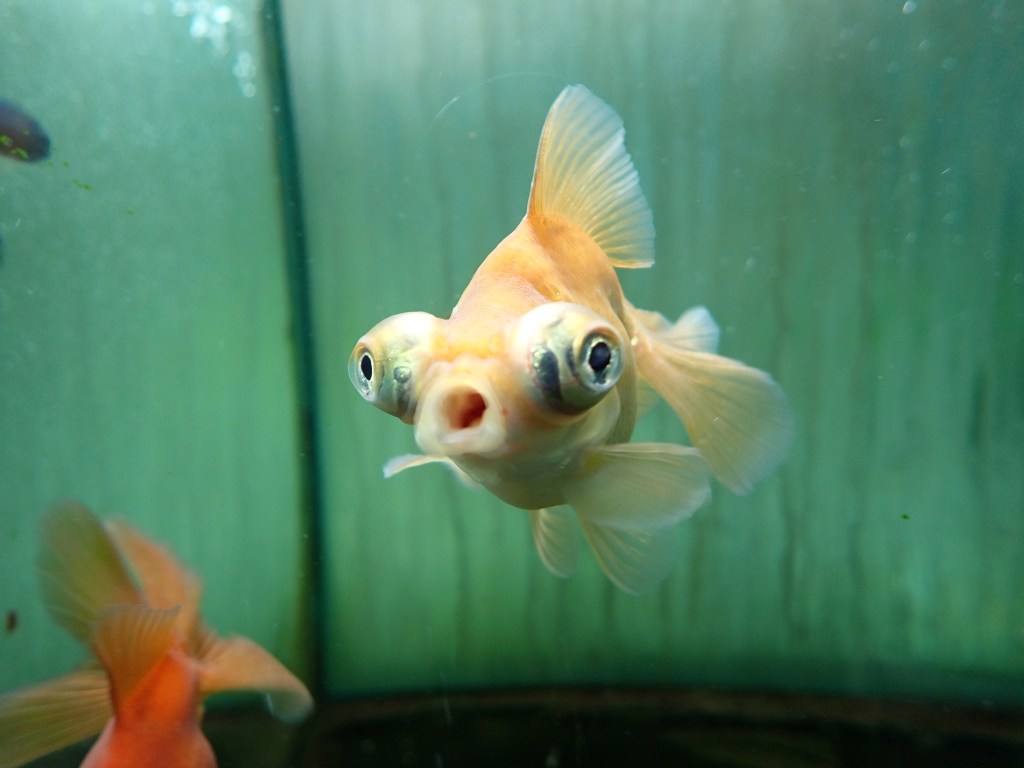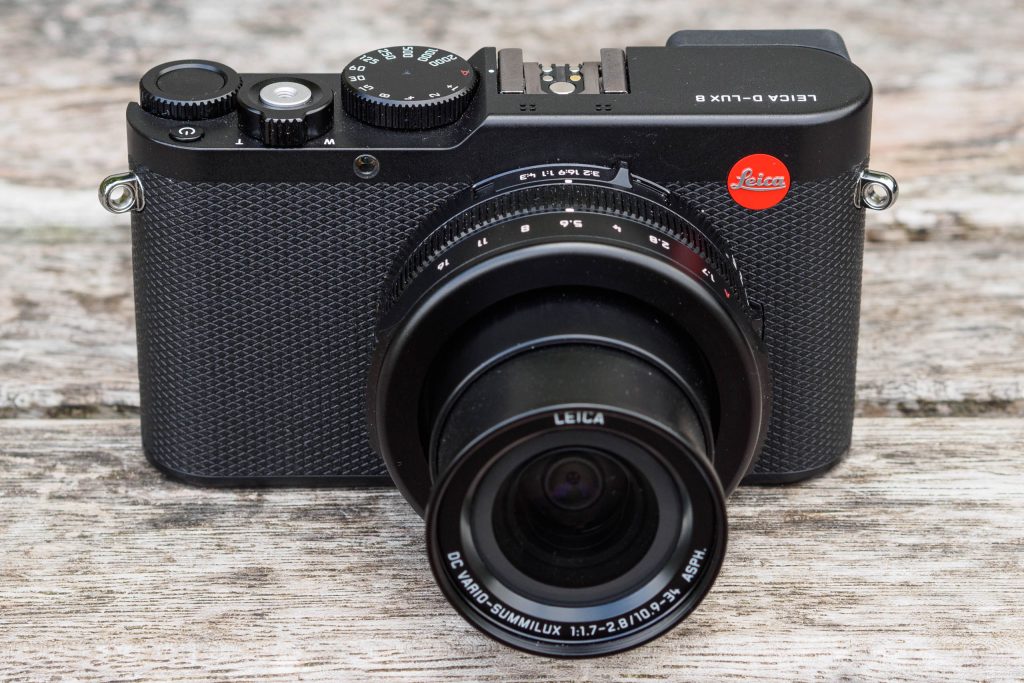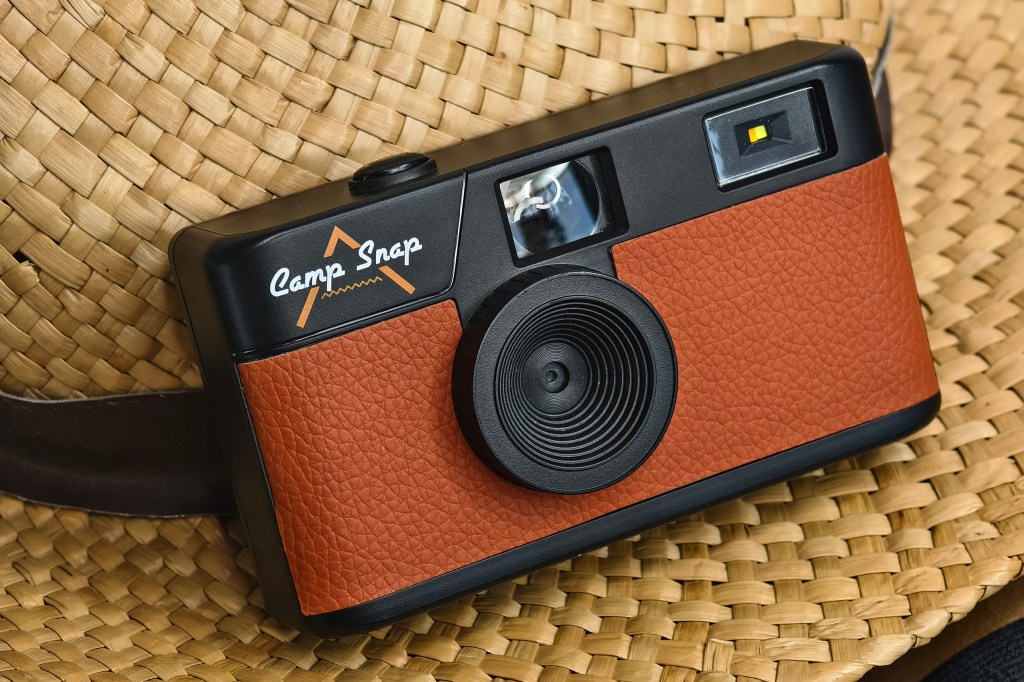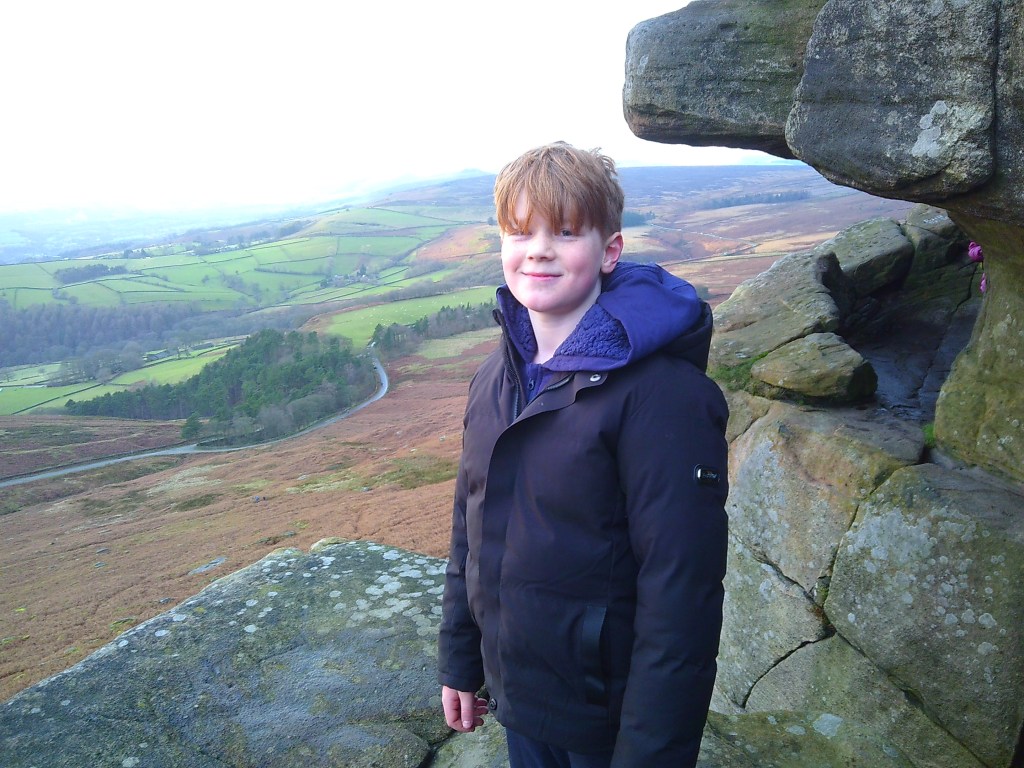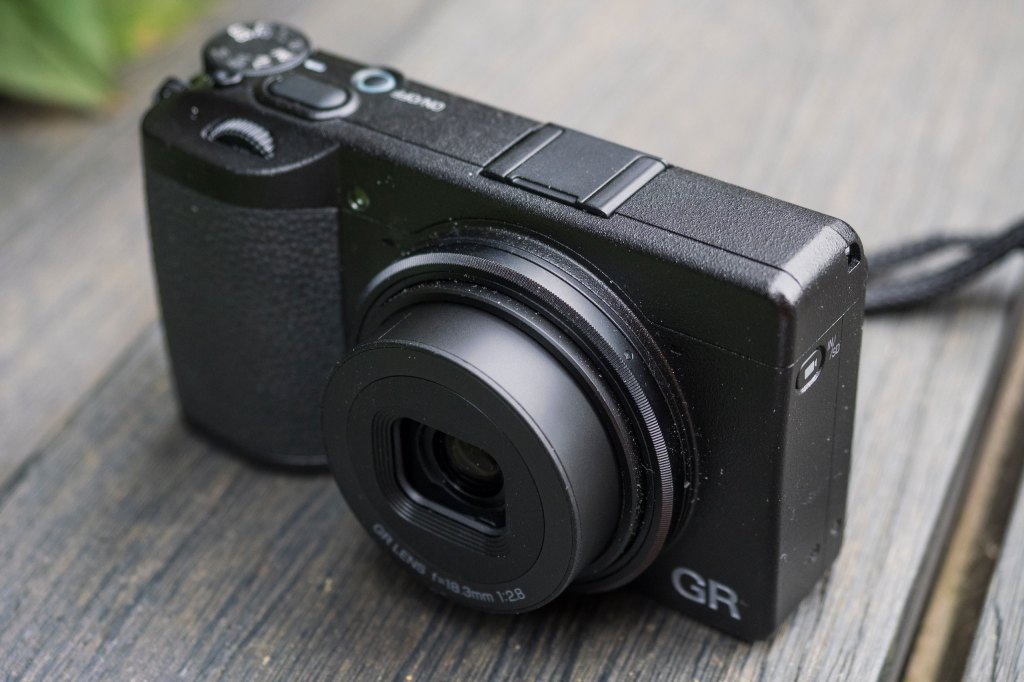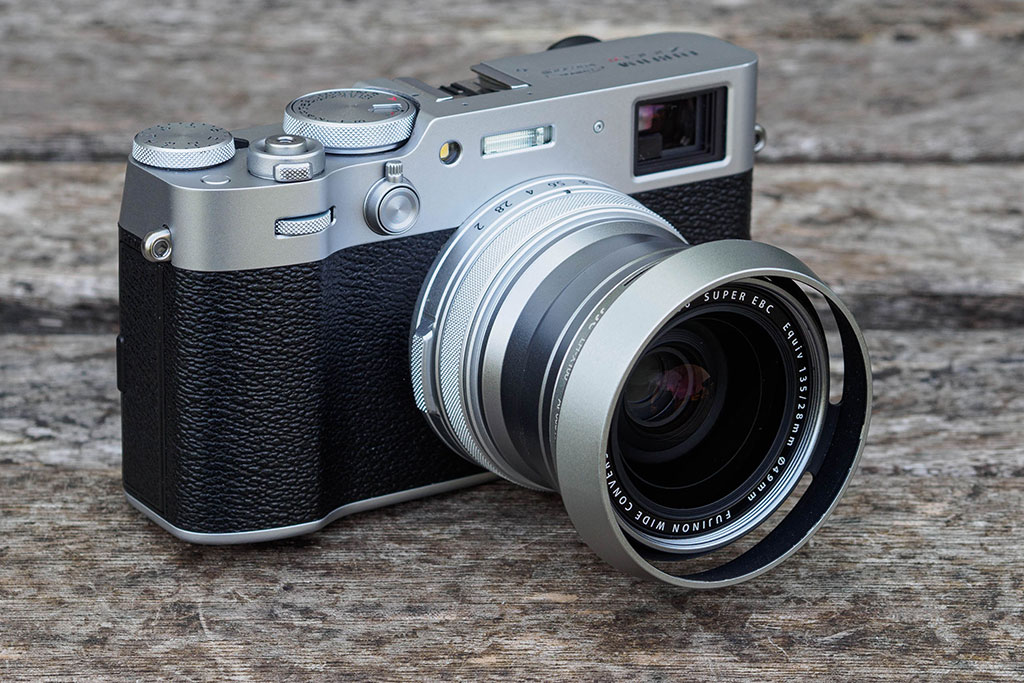With the best compact cameras, you can put serious imaging power in your pocket. A compact camera is defined as having a fixed lens, which cannot be changed unlike the interchangeable lenses for DSLRs and mirrorless cameras. While this naturally limits a compact camera’s versatility, it makes up for it with convenience and affordability.
The best compacts nowadays have to compete with smartphones, and as such, they’ll offer you something your phone can’t, whether that’s a long zoom lens, a larger imaging sensor or a full suite of manual controls. Image quality from top-tier compacts is on-par with what you’ll get from mirrorless models, and on this list, I’ve included the ones that I genuinely think are worth your consideration. My inclusions are based on our team’s reviews – all of these cameras have scored well enough to merit inclusion, and I’ve included sample images throughout to give yo a sense of how they perform.
For this guide, I have focused on smaller, compact cameras that deliver excellent value for money, including both cheap point and shoot cameras, and premium options. Some of the most popular cameras in recent years have fitted this category, such as the stylishly retro-looking Fujifilm X100VI. I’ve mostly left out big superzoom bridge cameras as they are more a category of their own — if this is what you’re looking for, check out our guide to the best ultra zoom cameras.
The best compact cameras: our quick list
- Best compact camera overall: Fujifilm X100VI – Buy now
- Best compact camera for street photography: Ricoh GR IV – Buy now
- Best full-frame compact camera: Leica Q3 – Buy now
- Best compact camera for video: Canon PowerShot V1 – Buy now
- Best waterproof camera: Olympus/OM System Tough TG-7 – Buy now
- Best for YouTube and vlogging: Canon PowerShot G7 X Mark III – Buy now
- Best premium compact zoom: Leica D-Lux 8 – Buy now
- Best travel compact: Panasonic Lumix ZS99 / TZ99 – Buy now
- Best compact camera for fun: Camp Snap – Buy now
- Best cheap compact camera: Kodak PixPro FZ45 – Buy now
Looking for the best deal on compact cameras? Not only will you find the best compact cameras, but also some of the best compact camera deals, as our ‘Buy now’ buttons are set to automatically take you to the best prices from trusted retailers. You’ll also find a list of other retailers below each camera, so you can find the right deal for you.
In this unmissable buyer’s guide, I take a closer look at some of the best compact cameras that you can currently buy and give my expert recommendations about what each one is best for…
Why you can trust Amateur Photographer
We spend many hours testing every product we recommend, in detail, in a variety of situations and shooting scenarios, and only use experts for our reviews, so you can be sure that you’re getting the best products. Find out more about our expert writers.
BEST COMPACT CAMERA
Best compact camera overall: Fujifilm X100VI
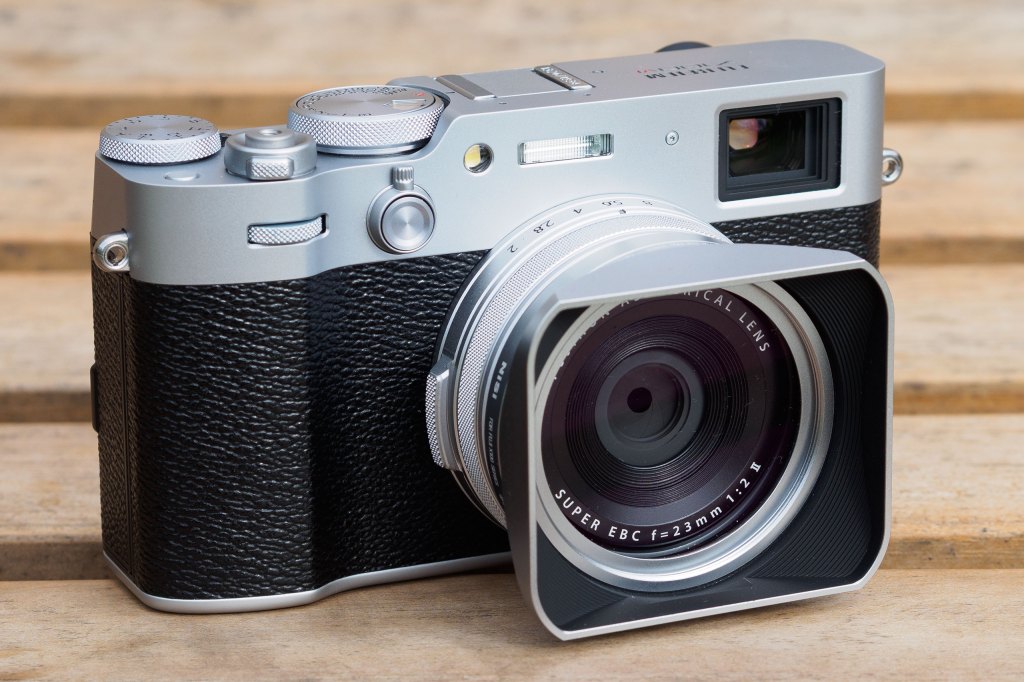
Amateur Photographer verdict
The Fujifilm X100VI updates the cult-like X100V in a number of useful ways, with a new 40MP sensor, in-body image stabilisation, and improved AF. This camera is sure to be a huge success.- In-body image stabilisation
- Detailed crisp images
- Unique design and handling
- One-of-a-kind viewfinder
- 6.2K video recording
- Fixed lens will not be for everyone
- Full weather-sealing costs extra
Specifications at a glance:
| Lens | Fixed 35mm equivalent f/2 |
| Sensor | 40.2MP APS-C X-Trans CMOS 5 HR |
| Viewfinder | 3.69m-dot OLED hybrid viewfinder (optical/electronic) |
| Screen | 3.0in tilting touch screen |
| Continuous shooting | 11/20 fps (mech/electronic) |
| ISO | ISO 64-51,200 extended |
| Video | 6.2K 30p, 4K 60p, and 1080 240p |
| Image stabilisation | In-body – 6 stops (5-axis) |
The Fujifilm X100VI continues to break sales records and can be elusive to buyers as the company struggles to keep up with demand. I can see why: the X100VI is indeed a very capable and well-featured camera. It boasts one of the highest resolution sensor on our list with 40.2MP, as well as 5-axis In-body image stabilisation that helps you capture things at slower shutter speeds and potentially without a tripod. While reviewing, I found that this allows sharp hand-held shots with shutter speeds as slow as 1/8s and 1/4s.
The fixed 35mm equivalent f/2 lens lets you focus on objects as close as 10cm and creates a pleasing bokeh effect- all the while resolving an impressive level of detail across the entire frame, so it is not just ideal for street scenes but for capturing close-up detail too. Fuji offers two lens converters, one that provides a wide 28mm equivalent focal length ideal for landscapes and a 50mm equivalent, better suited for portrait photography. And with the high resolution sensor you still get decent resolution images that are downsized to 20MP or 10MP.
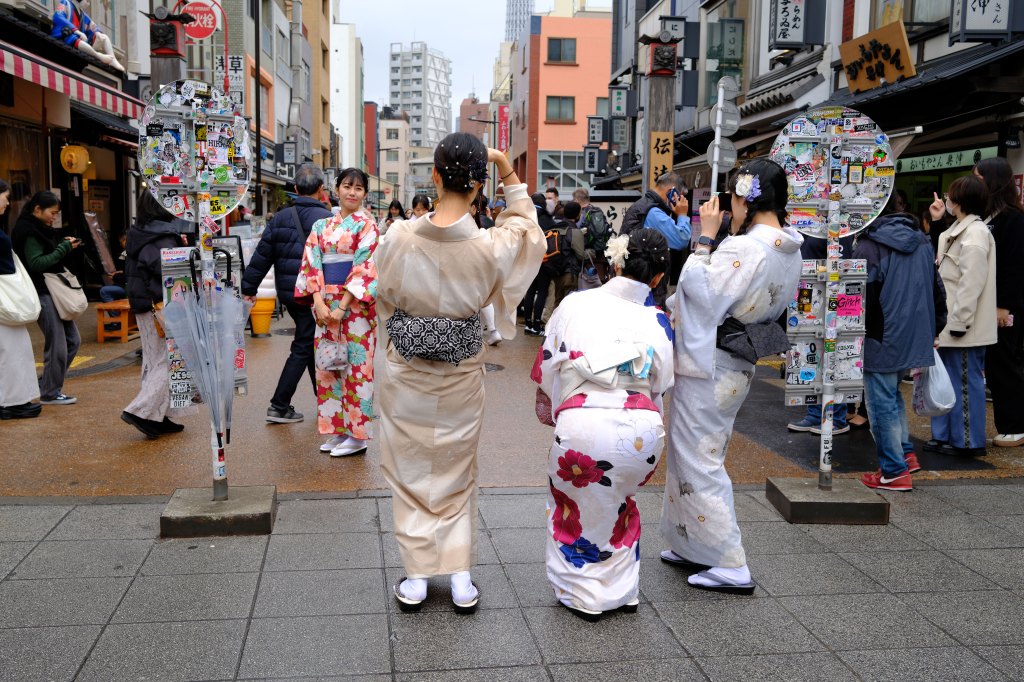
The small body has a retro design similar to all of its five predecessors, and has the same sensor and processor as the Fujifilm X-T5. With the X-Processor 5, you get subject recognition autofocus and tracking, with birds, planes, and automobiles all being detected. There’s also human face and eye detection, but this unfortunately, is in a separate menu setting.
The film simulation modes made the X100-series so special in the first place, so Fujifilm’s appealing feature has been added to this latest model too; with the new addition REALA ACE mode, now it has 20 distinct options in total.
Read our full review of the Fujifilm X100VI here
BEST FOR STREET
Best compact camera for street photography: Ricoh GR IV
Amateur Photographer verdict
While the Ricoh GR IV may look very much like its predecessor, it’s been substantially upgraded inside. It retains the same street-shooter appeal, though, if you can live with its fixed rear screen.- True pocket-friendly dimensions
- Excellent image quality
- Fast start-up time
- Discreet design
- Fixed LCD and no viewfinder
- Lower resolution than rivals
- Micro SD card storage
Specifications at a glance:
| Price: | $1499 / £1199 |
| Lens: | 18.3mm f/2.8 (28mm equiv.) |
| Sensor: | 25.87MP APS-C CMOS, 23.3 x 17.5mm |
| ISO: | ISO 100-204800 |
| Burst: | 4fps |
| Viewfinder: | No viewfinder |
| Screen: | 3.0in, 1.04m-dot fixed LCD touchscreen |
The Ricoh GR IV, like the Fujifilm X100V, has an APS-C CMOS sensor – impressive considering the compact size of the camera. It features an 18.3mm f/2.8 lens, equivalent to 28mm (in 35mm terms), and the camera has a clever ‘Snap’ focus system so you can quickly get shots without any delay from focusing, making it another great street camera.
The Ricoh GR IV is the latest digital iteration of the cult classic Ricoh GR film camera, and is designed to be a pocketable camera (weighing just 262g) that you can take anywhere. There’s also built-in 5-axis image stabilisation that helps you capture steady shots while moving through crowded streets or handheld at slower shutter speeds in low light. Combine that with the built-in ND filter, and you can play with motion blur at busy marketplaces or traffic streams—adding atmosphere to your images.

Its design keeps things minimal and pocketable—no viewfinder, just a crisp 3.0-inch LCD touchscreen. The battery is compact too, but thanks to the new USB-C port, you can just plug into a power bank on the go. Plus, with 52GB of built-in storage, you’ve got a safety net in case your MicroSD card fills up mid-trip. It has a rapid sub-one-second start-up time so it is ideal for some run-and-gun street photography. It also boasts quick shutter response, comfortable single-handed operation and intuitive controls.
The Ricoh GR IV is a well positioned niche alternative to smartphones and big cameras, offering a wonderful mix of the two. There’s enough in it for smartphone users considering a ‘real’ camera, and experienced photographers who want a ‘proper’ photographic tool in their pocket. But, first and foremost, it needs to deliver excellent image quality in any kind of light… and the GR IV achieves this thanks to the combination of its 25MP APS-C sensor, DNG raw capture and sharp 28mm f/2.8 lens.
Best full-frame compact
Best full-frame compact camera: Leica Q3
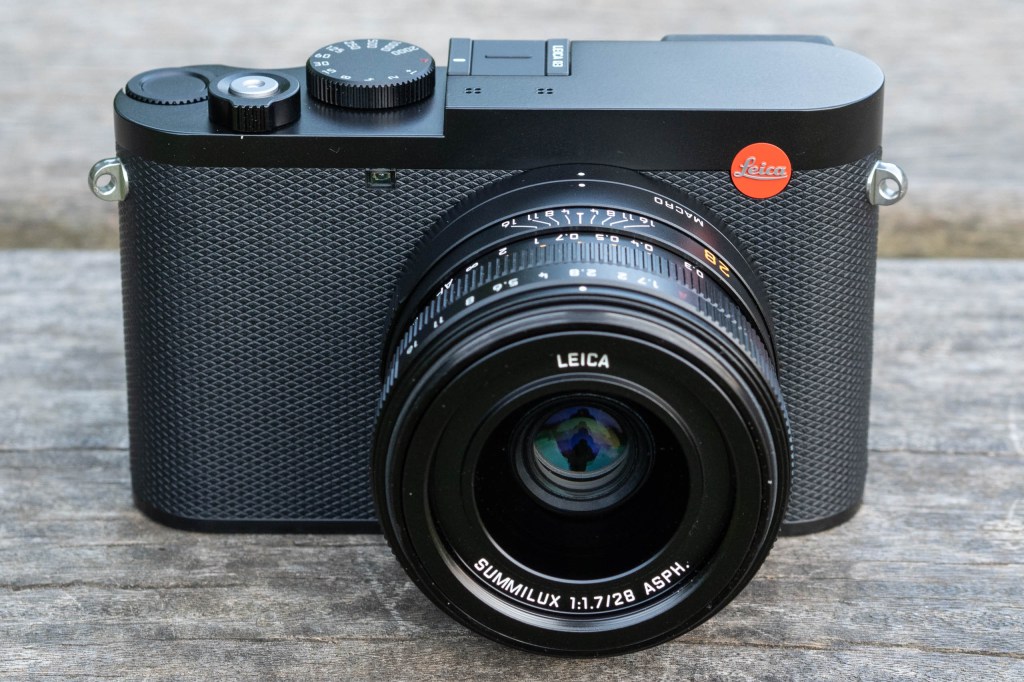
Amateur Photographer verdict
Yes, it’s expensive – that’s Leica. But for the discerning photographer with deep pockets, the Leica Q3 is a dream of a camera. It’s lovely to use and produces downright gorgeous images.- Superb raw image quality
- Highly capable autofocus
- Robust built with dial-led controls
- Excellent viewfinder
- Screen tilting, not articulating
- JPEG colours a little flat
Specifications at a glance:
| Lens | 28mm f/1.7 optically stabilised |
| Sensor | 60.3MP full-frame |
| Viewfinder | 5.76m-dot, 0.76x, electronic |
| Screen | 3in, 1.84m-dot tilting touchscreen |
| Continuous shooting | 15 fps |
| ISO | ISO 50-100,000 |
| Video | 8K 30p; 4K 60p; Full HD 120p |
An utterly superb performer, the full-frame Leica Q3 is in a league of its own. With 60.3MP of resolution on offer, it produces images of absolutely dazzling quality, aided by the optically stabilised 28mm f/1.7 lens mounted to its front. As on the Leica M11, the Q3’s sensor is a triple-resolution type, with the option to shoot at 36MP or 18MP in JPEG or raw if card space becomes a higher priority than detail.
While the Leica Q3 offers that supple Leica manual focusing action, its autofocus is also first-rate – much improved from previous generations of the Q compacts, with phase-detection and subject-recognition delivering impressive speed and accuracy. Present and correct are the dial-based controls, which make the camera feel perfect in handling. It’s every bit the premium photographic experience you would expect (demand, even) when paying $6,295 / £5,400 for the privilege.
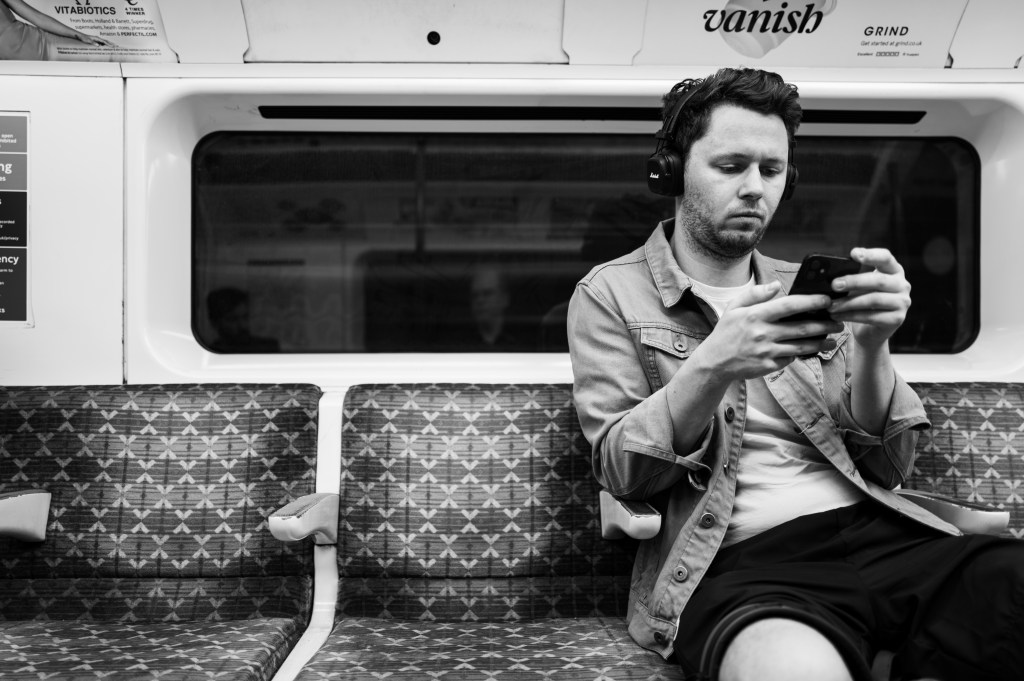
With a wide ISO range spanning from 50 to 100,000, the Leica S3 is capable of getting clean, sharp images even in challenging low-light situations. There’s also the new intelligent Dynamic Range (iDR) option, which boosts shadow detail in high-contrast lighting situations, as well as Perspective Control for fixing converging verticals.
A more capable compact than ever, the Leica Q3 is a premium camera capable of producing dazzling results. Also, if you prefer a tighter field of view, Leica has also released the Leica Q3 43, which sports a 43mm lens.
Read our full, in-depth Leica Q3 review for more.
BEST FOR VIDEO
Best compact camera for video: Canon PowerShot V1
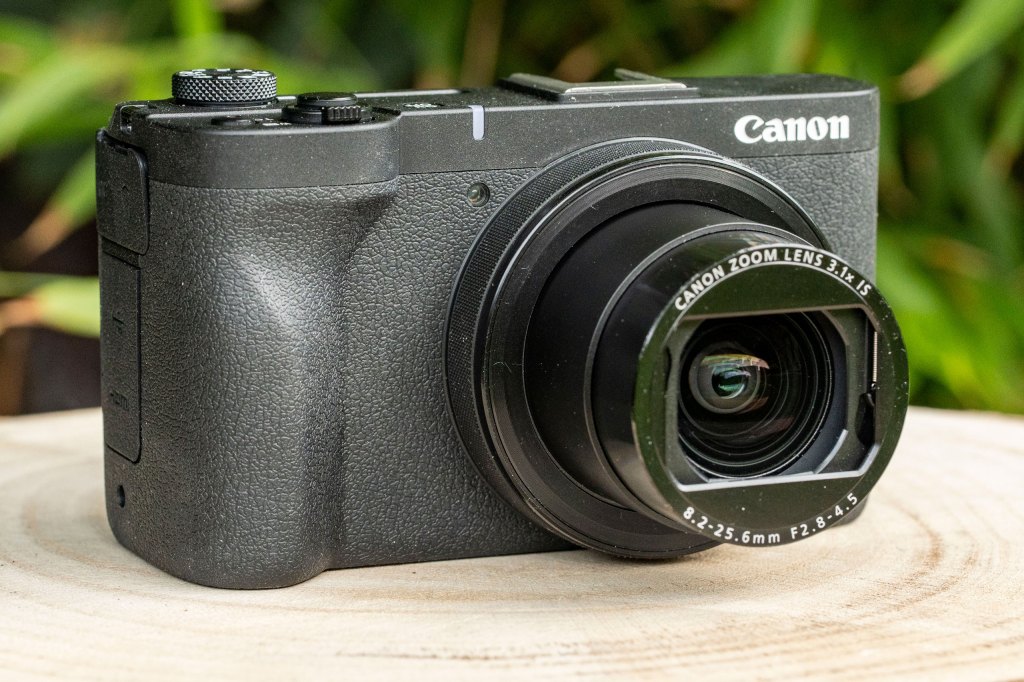
Amateur Photographer verdict
Canon’s high-end V1 is the best compact camera on the market currently for video, though its ultra-wide zoom limits its use for photography.- Relatively large sensor
- Built-in 3-stop ND filter
- Optical and digital stabilisation
- Wide-angle zoom can be limiting for photos
- Quite a high price
- Strange stabilisation effects
Specifications at a glance:
| Lens | 8.2-25.6mm f/2.8-4.5 (16-50mm equivalent) |
| Sensor | 22.3MP CMOS 1.4-inch, 18.5 x 12.3 |
| Viewfinder | None |
| Screen | 3in 1.04m-dot vari-angle touchscreen |
| Continuous shooting | 15fps (mechanical shutter), 30fps (electronic shutter) |
| ISO | ISO 100-32,000; ISO 51,200 extended |
| Video | 4K 60fps (cropped); 4K 30fps (full width); Full HD 120fps |
As the ‘V’ designation in its name implies, the Canon PowerShot V1 is all about video. A more conventional format of camera than the unusual PowerShot V10, this is a premium camera for those who are serious about video and vlogging. It’s a cut above most other compacts of its type, owing to the fact that it sports a 1.4-inch type sensor, which is larger than the 1-inch type found in many comparable compacts (though smaller than APS-C), and delivers improved image quality with greater dynamic range.
The lens on the camera is an 8.2-25.6mm f/2.8-4.5 optic, which is an equivalent focal range of 16-50mm in full-frame terms. While photographers would likely find this a bit restrictive, it’s ideal for video shooters, and vloggers especially who want to be able to easily film themselves. A built-in three-stop ND filter also adds to the video-centric toolset, along with headphone/mic sockets, a windshield, and a tally lamp on the front of the camera to indicate when it is recording.

A built-in fan is included to dissipate heat and ensure that the camera can offer long recording times. There’s no viewfinder, and no option to attach one, but again, this is a video-centric camera – if you’re buying if for photos, you’re doing it wrong (see further down for the Canon PowerShot G7 X Mark III, a compact that provides more of a balance between photo and video functionality).
Offering superior video quality and functionality to any of Sony’s ZV compacts, the Canon PowerShot V1 is the new standard to beat when it comes to lightweight, video-centric compacts. Excellent autofocus, a wide lens, and 4:2:2 10-bit quality – all this adds up to a supremely impressive video package.
Read our full Canon PowerShot V1 review for more detail.
BEST WATERPROOF
Best waterproof compact camera: OM System Tough TG-7
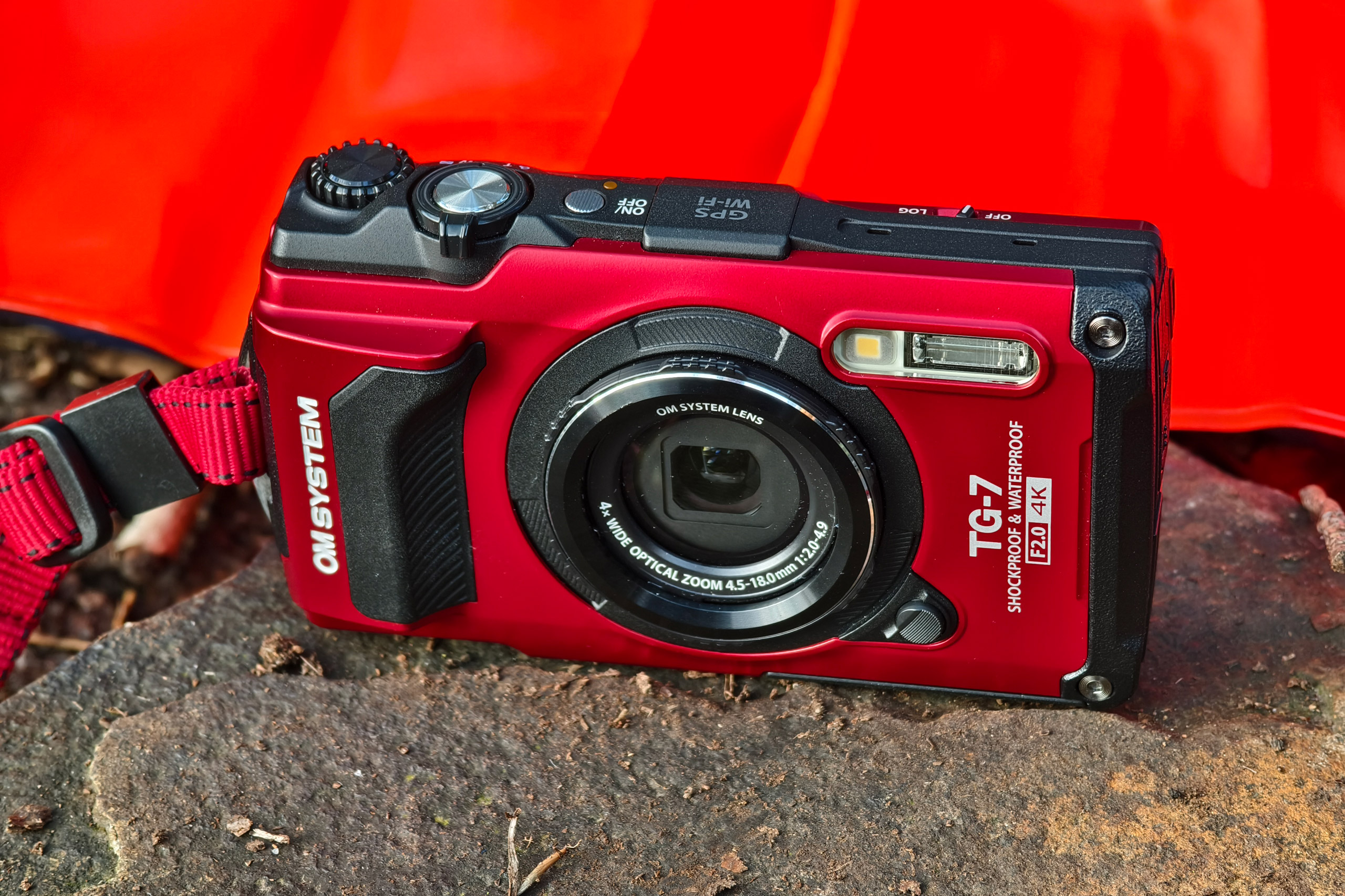
Amateur Photographer verdict
For those that want an easy to use, but tough point-and-shoot camera, the OM-System Tough TG-7 would make a great choice, particularly if you need something that can survive all environments- Tougher than a tank
- f/2 zoom lens
- Useful macro modes
- Small sensor
- Raw needed to get the best results
Specifications at a glance:
| Lens | 4x optical zoom lens; 25-100mm (35mm equivalent) |
| Sensor | 12MP 1/2.33inch BSI CMOS Sensor |
| Viewfinder | No |
| Screen | 3in, 1.84m-dot fixed |
| Continuous shooting | 15 fps |
| ISO | ISO 50-100,000 |
| Video | 4K |
| Waterproof | Waterproof 15m, shock-proof, crush-proof, freeze-proof |
Olympus has been making tough, waterproof, compact cameras for a very long time now, culminating in the OM System Tough TG-7, the 7th version of the premium waterproof camera. Over the years it’s been refined with improvements to image quality, video recording, and strength. You’ll even find there’s a range of accessories available for this camera that can improve close up flash performance or add extra protection to the camera and dive as deep as 45m.
The camera uses a 12MP sensor along with an f/2.0 lens which gives it an edge over entry-level waterproof cameras, and will help with the low-light conditions you find underwater. Thanks to the folded optics used in the construction of the lens, the camera has an impressive level of macro performance letting you get detailed close-up shots.
Being able to shoot raw (and raw+JPEG) means you’re able to take single shots and then recover highlight and shadow detail later, rather than having to remember to shoot in the HDR mode. High-quality, 4K video recording is included as well. Fans of macro photography will be impressed by the built-in focus stacking, and there are some manual controls available for when you’re shooting. This model also benefits from USB-C charging.
Also best compact for macro photography
Read our Olympus / OM System Tough TG-7 review
BEST FOR VLOGGING
Best compact for YouTube and vlogging: Canon PowerShot G7 X Mark III
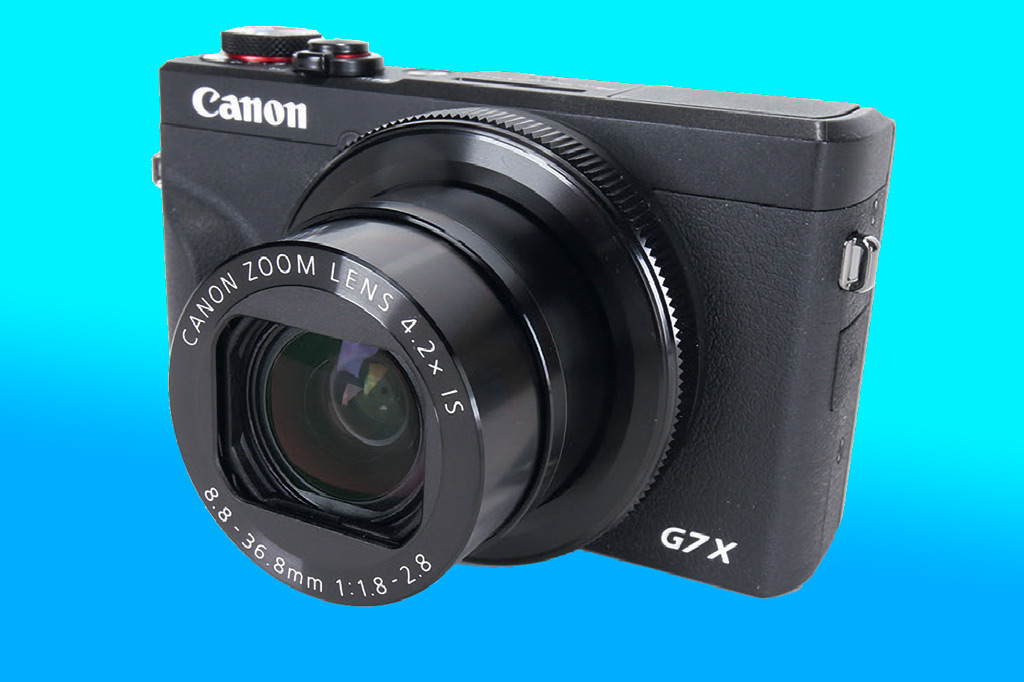
Amateur Photographer verdict
The Canon PowerShot G7 X Mark III is a lovely pocket camera that produces great results and has some impressive video features.- Very good image quality
- Vlogger-friendly features
- Feels premium
- No viewfinder
Specifications at a glance:
| Lens | 24-100mm equivalent, f/1.8-2.8 lens |
| Sensor | 20.1MP, 1-inch CMOS sensor |
| Viewfinder | No |
| Screen | 3in, 1.0m-dot tilt touchscreen |
| Continuous shooting | 20fps burst, 8.3fps with AF |
| ISO | ISO 125-12,800 |
| Image stabilisation | 4 stops lens shift-type |
| Video | 4K 30p, FullHD 60p |
Canon’s PowerShot G7 X Mark II was an unexpected hit with YouTubers, with its combination of a high-quality 1-inch sensor and 24-100mm equivalent lens covering a very useful focal range from landscapes to portraits and more. The Mark III version is fundamentally the same camera, but with uncropped 4K UHD video, a 3.5mm mic jack, and the ability to livestream directly to YouTube. High demand for it has followed accordingly.
Photographers may be put off by the lack of a viewfinder; vloggers and YouTubers, less so. The 180-degree tilting LCD screen is very useful for selfies and self-taping, while the defined grip also makes the camera more comfortable to hold than its slim dimensions might indicate. The metal control ring around the lens is also comfortable to use, giving the G7 X Mark III a premium feel.
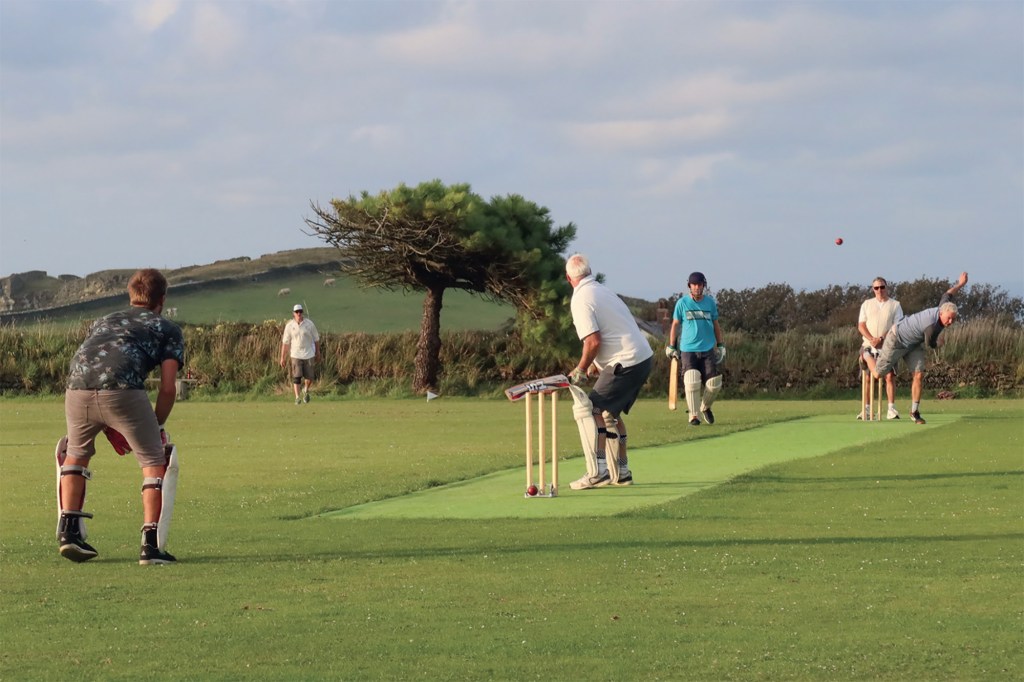
Image quality is excellent in stills as well as video – it may be a vlogging camera first, but the G7 X Mark III is no slouch for photographers. For hybrid content creators who want a lightweight camera that does a bit of everything, the G7 X Mark III might just be it, and is the better buy than the even more video-focused PowerShot V1.
Read our Canon PowerShot G7X Mark III review
BEST PREMIUM ZOOM
Best premium zoom compact camera: Leica D-Lux 8
Amateur Photographer verdict
Traditional control dials, and a multi aspect ratio sensor make the D-Lux 8 a joy to use and create with. Its JPEGs can be dull; best results are obtained from raw.- Unique multi-aspect ratio sensor
- Large aperture zoom lens
- User-friendly DNG-format raw recording
- Improved viewfinder over predecessor
- Uninspiring JPEG colour
- Non-tilting rear screen
- Minimal handgrip
Specifications at a glance:
| Lens | 24-75mm equivalent f/1.7-2.8 lens with OIS |
| Sensor | 17MP Four Thirds multi aspect-ratio sensor |
| Viewfinder | 2.36m-dot, 0.74x OLED |
| Screen | 3in, 1.84m-dot LCD touchscreen |
| Continuous shooting | 11fps |
| ISO | ISO 100-25,000 |
| Video | 4K 30p |
| Viewfinder | OLED 2.36m-dot, 0.74x |
The D-Lux 8 is a new offering from Leica (launched July 2024 in the UK) that supersedes the D-Lux 7. It is an improvement on this; not least in its new viewfinder. The zoom lens provides a good level of compositional flexibility, and our reviewer really appreciated the ability to change aspect ratios via a switch on the lens.
Leica have employed a smaller Four Thirds type sensor with a clever multi-aspect ratio design, joined by a 24-75mm equivalent zoom with a bright f/1.7-2.8 aperture. It compares in price with the X100VI, at $1,595 / £1,450 vs $1,599 / £1,600. With traditional photographer-friendly controls for the main exposure settings, and a corner-mounted viewfinder in a flat-bodied ‘rangefinder-style’ design, it is a joyous thing to use.
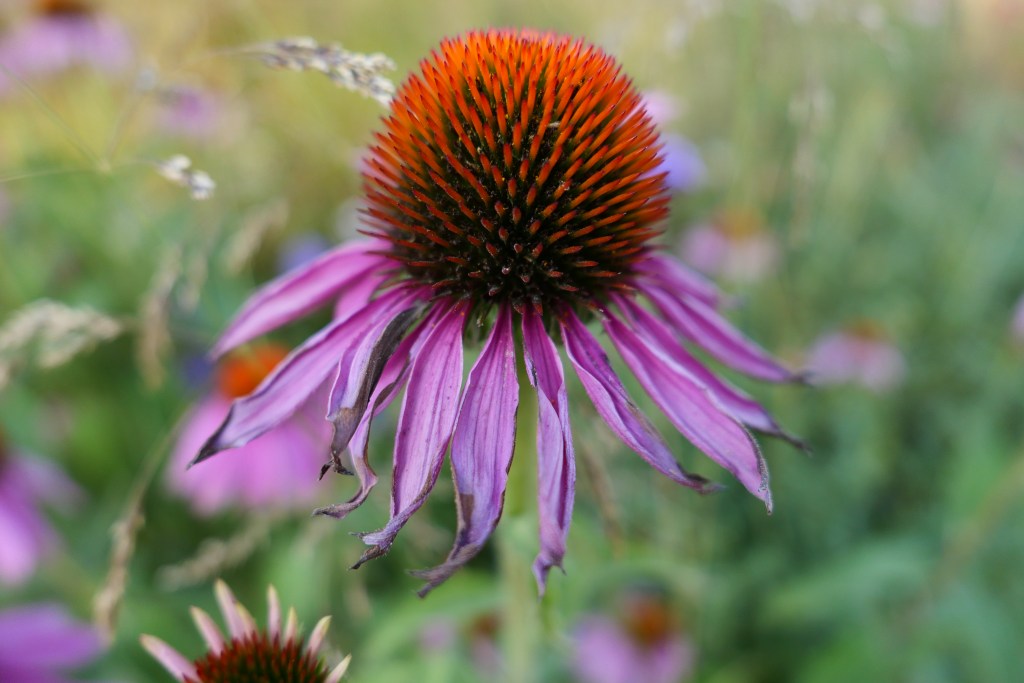
Its 20MP Four Thirds sensor is used in a unique way. It never uses the entire sensor area to create images, but instead crops in to offer a range of aspect ratios with the same diagonal angle of view.
Read our full review of the Leica D-Lux 8.
BEST FOR TRAVEL
Best compact camera for travel: Panasonic Lumix ZS99 / TZ99
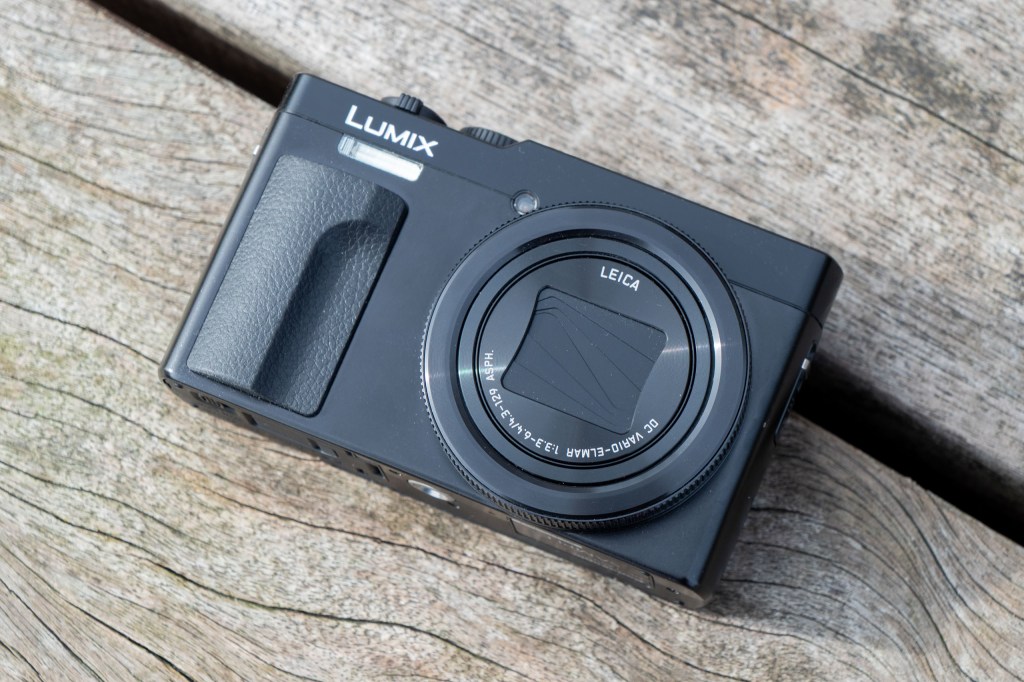
Amateur Photographer verdict
If you want a long-zoom compact that will fit in your pocket, then this is a great option.- 30x optical zoom
- Fits in a pocket
- Front facing touchscreen
- Small sensor reduces low light performance
- No viewfinder
Specifications at a glance:
| Lens | 24-720mm equivalent lens, 30x optical zoom |
| Sensor | 20.3MP, 1/2.3-inch size sensor |
| Viewfinder | No |
| Screen | 3in, 1840k-dot touch-sensitive LCD screen, tilts 180° |
| Continuous shooting | 10fps AF-S, 5fps AF-C |
| ISO | ISO 80-6400 |
| Video | 4K 30p |
Panasonic’s travel zoom compact builds on the successes of all that came before it. It features a 30x optical zoom, but in return for that large zoom range, you need to accept a smaller sensor than its one-inch comrade, the TZ100.
This is still among the most well-featured superzoom compacts on the market. As well as the huge zoom, 4K video shooting, a touch-sensitive screen, manual controls, raw format shooting and a body which just about fits in your pocket.
A great choice for those looking for something to take on their travels, in low light it suffers by comparison to its larger sensor rivals. If you’re mainly going to be using it on your sunny holidays, you shouldn’t worry too much about that.
Panasonic Lumix ZS99 / TZ99 Review
BEST FOR FUN
Best lo-fi toy digital camera: Camp Snap
Amateur Photographer verdict
The Camp Snap is a simple, fun and affordable compact that’s ideal for those who don’t want to worry too much about technical details, but instead just enjoy the process.- Cheap entry into digital photography
- Honest, simple, fun
- Tough
- Long battery life
- Delayed shutter response
- Limited options
Specifications at a glance:
| Lens | Fixed focus f/3.2 lens |
| Sensor | 8MP CMOS |
| Viewfinder | Optical |
| Screen | No screen / screen-free |
| Battery | USB-C rechargeable |
| ISO | ISO 800 Automatic |
| Flash | Built-in LED |
The closest thing you can get to a disposable film camera, but with a digital soul. The Camp Snap with its pared-back design will help you focus on taking photos and staying in the moment. There’s no LCD screen, or Wifi connection to your smartphone, just compose through the optical viewfinder and snap. Keeping it simple.
Featuring only two buttons, it is very straightforward to use. One button will turn the camera on or off and take photos, while the other sets the built in LED flash to On, Off and Auto. The latter function in most cases is best avoided, however.
At the back there’s only a counter, indicating how many snaps you have taken. With the pre-installed 4GB Micro SD card, you can capture up to 1000 images. Photos from the 8MP CMOS Sensor and fixed-focus f/3.2 lens (roughly 35-40mm equivalent) have a vintage 80-90s look.
Read our review of the Camp Snap.
BEST CHEAP
Best cheap compact camera: Kodak PixPro FZ45
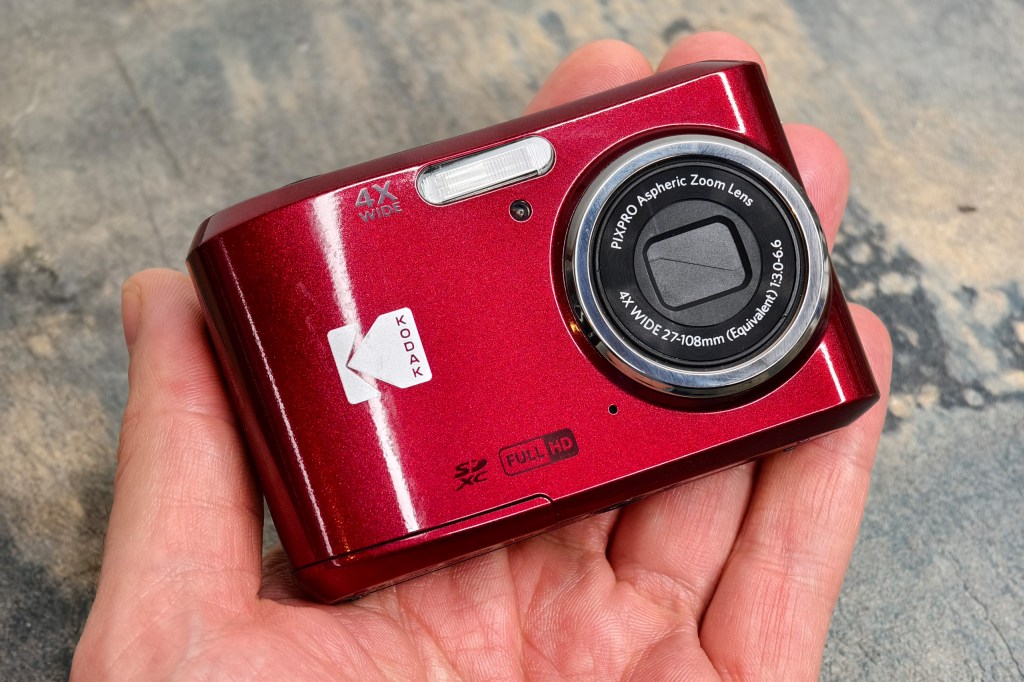
Amateur Photographer verdict
For $99, the Kodak PixPro FZ45 is one of the cheapest new cameras available. If you do want something better, then you’ll need to look at the used market.- Easy to use
- Includes a real flash
- Cheap
- Uses AA batteries
- Image quality won’t match other cameras
- MicroUSB connection
Specifications at a glance:
| Lens | 4x optical zoom, f/3.0-6.6, 27-108mm equivalent |
| Sensor | 16MP 1/2.3inch CMOS sensor |
| Viewfinder | No |
| Screen | 2.7in, 230k-pixel, fixed LCD |
| Continuous shooting | 5fps |
| ISO | ISO 100-3200 |
| Video | FullHD 30p |
| Battery | 2x AA batteries |
The Kodak PixPro FZ45 is one of the cheapest compact cameras available from a mainstream brand! It may surprise you to see that Kodak are still making digital cameras, but it’s actually made under licence by another company. This doesn’t really matter too much – the salient point is that you actually get a reasonably good camera, especially when you consider the price tag. In the US, it currently retails for $119 (up from the original price of $99 due to tariffs), and in the UK it’s going for £94.
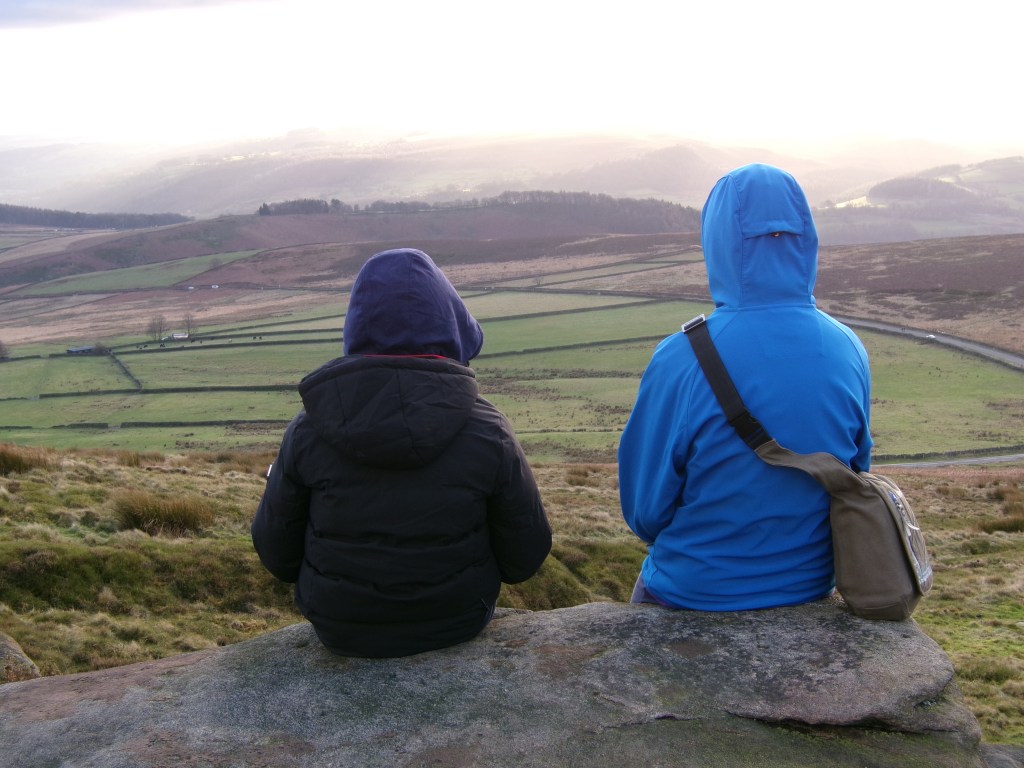
The camera is very easy to use, fits in your pocket, and takes AA batteries. When I used this camera, I was particularly impressed by the built-in flash, which helped with low-light shooting, as well as the battery life which seemed to last for ages when using the provided alkaline batteries.
It’s available in a number of colours, with black, white and red options available, giving you something a bit more interesting than all the black cameras out there.
Read our Kodak PixPro FZ45 review.
Frequently asked questions (FAQ)
How to choose the best compact camera?
In this guide, I’ve avoided comparing images pixel by pixel (if you want to see that sort of detail, check out our camera reviews). That said, we’ve come a long way since the simple point-and-shoot camera, and there are some key specs worth considering picking your compact camera. Here are the important things to keep in mind…
Sensor size and resolution
The sensor size and resolution will have a big effect on the final look of your image. With compacts, you’re generally dealing with sensors in 4-5 sizes. From smallest to largest, they are: 1/2.3-inch, 1-inch, Micro Four Thirds, APS-C, and full-frame. A larger sensor is generally better in terms of image quality, allowing for greater tonality and dynamic range. However, they cost more, and require larger cameras to house.
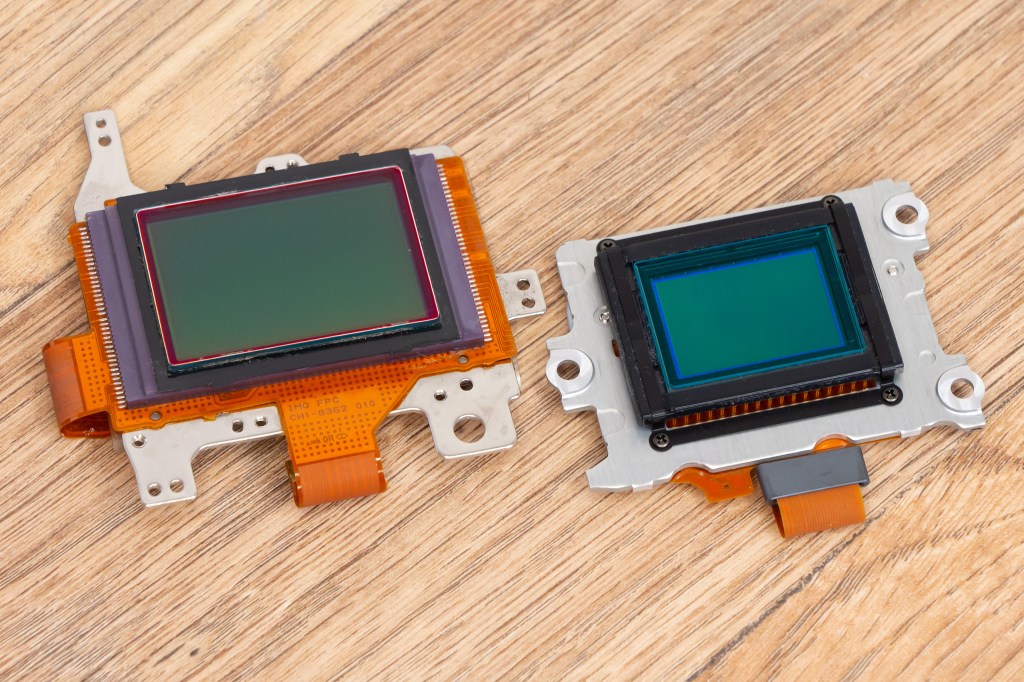
Resolution, measured in megapixels (MP), refers to the level of detail in an image. More megapixels mean you can print images in higher quality, and crop more, but it can incur more image noise, reducing quality in low light.
The lens
The other half of a compact camera is, of course, the lens. The focal range will determine how much you can zoom in and out. Big zooms will naturally give you more versatility, but it tends to come at a cost of optical quality.
Indeed, some compacts like Fujifilm’s fabulous X100V don’t zoom at all, being equipped with a high-quality prime lens. These produce sublime images, but if you want to get close to a subject, you need to move your feet.
Speed, noise and video
Other features are worth considering. Want to shoot fast action? Check how many frames per second the camera can manage. Think you’ll be working in low light? A higher ISO range is your best bet. If you want to shoot video as well as stills, check the video resolution and frame rate.
Is a compact camera better than a phone?
The short answer to this is yes: a compact camera can produce better images than a smartphone. However, in reality it depends on all the factors discussed above. If you buy a budget camera, with a small sensor 1/2.3-inch sensor, then the image quality could easily be equal to or worse than that of a premium phone, particularly if you just look at it on a screen. Modern smartphones do a lot of processing trickery on the images they produce, and while this may not hold up to printing, it’s certainly good enough for Instagram.
However, images benefit from compact cameras with a larger sensor (1-inch, APS-C or larger). A compact camera can also field a much larger and more sophisticated lens than a smartphone, which offers a number of advantages. It might provide a large optical zoom range, which even the most sophisticated smartphones still can’t match. Or, it might be a prime lens that provides dazzling sharpness and detail, as well as an aperture that can be opened wide to produce a shallow depth of field — a sharp subject and an artfully blurred background (a.k.a. the effect that the Portrait Mode on your smartphone is trying to simulate).
Smartphones will always win out in terms of sheer convenience. However, compact cameras offer a number of hardware advantages and should not be counted out. Check out our detailed article on the differences between a digital camera and a phone to see all the details, as well as the pros and cons of each system.
What are the disadvantages of a compact camera?
Compact cameras do not suit all photographers and videographers, and it’s worth being fully aware of what you’re getting into before you buy one. That means familiarising yourself with the disadvantages of compacts as well as the advantages.
The defining attribute of a compact camera is its fixed lens. The lens that your compact camera fields out of the box is fixed in place and cannot be changed. If your compact has a focal range of 28-70mm, then 28-70mm is what you’ve got to work with until you buy a different camera. That’s it. So, naturally, if you discover that you enjoy sports or wildlife photography after buying this compact, for either of which you’d typically need a significantly longer focal length, then your only real option is to trade it in for a new model.
This also touches on another potential downside — compacts can’t really be upgraded and augmented the way system cameras can. If you buy an entry-level or mid-range DSLR, you can keep adding new lenses as you grow into learning how to use it — and when it comes time to get a more advanced camera, you’ll likely be able to keep using most of these lenses (particularly if you keep the same sensor size). Compacts don’t offer an upgrade path in the same way.
Compact cameras also on average have smaller sensors than interchangeable-lens cameras (i.e. mirrorless and DSLRs). All of the compact cameras on our list above have sensors ranging between 1/2.3-inch, 1-inch, Four Thirds and APS-C — none are full-frame. Smaller sensors will perform worse in low light, with greater digital noise at higher sensitivities. Larger full-frame sensors offer a number of key benefits, and while all the other sensor sizes listed can produce excellent images, there is a gap. See our rundown of full-frame vs APS-C for more detail.
If you want a larger full-frame sensor and the benefits it brings, you’re realistically going to have to opt for a mirrorless camera or DSLR. Yes, there are some full-frame compacts out there, such as Leica’s Q series. However, these tend to be prohibitively expensive and are therefore really only of interest to niche hobbyists (or, y’know, rich people) rather than general shooters.
Compact cameras can be brilliant for portability, convenience, style and value for money. But it pays to be aware of their limitations, too.
How we test compact cameras
Testing compact cameras isn’t just about comparing megapixels or zoom ranges — it’s about discovering how they perform in everyday use. Each model is tested across a wide variety of lighting conditions, subjects, and shooting scenarios.
As compact cameras are designed to be small and convenient, we pay particular attention to build quality, ergonomics, and ease of use. We assess whether the camera fits comfortably in a pocket or bag, and how intuitive their control layout is for quick shooting.
We take a look a screen size, brightness and response time if they have touchscreens. We test their viewfinders with particular attention to size, brightness and colour accuracy. Autofocus performance is another key factor. We evaluate how quickly and accurately the camera locks onto subjects in good and poor light, and how well it tracks moving subjects.
An effective image stabilisation system is also crucial, so we look at how these cameras compensate for shake while shooting handheld and at slower shutter speeds. We also assess lens performance across its entire zoom range, checking for sharpness, distortion, and chromatic aberration. Last but by no means least, we critically evaluate image quality, in both JPEG and raw, including resolution, high-ISO noise, and dynamic range – as well as video capabilities.
We then take all these factors into account when giving our final conclusion and score. You’ll find the full breakdown of how each compact camera has performed in our full reviews.
Recent updates
- October 2025: Added the Canon PowerShot V1 as the best compact camera for video, and removed the Panasonic Lumix LX100 II as it is no longer available to buy new. Removed several cameras rendered redundant by other entries on the list: Sony RX100 VII, Sony RX100 VI, Fujifilm X100V, Sony ZV-1.
We hope that’s been helpful to you when choosing your next compact camera. Have a look at more buying guides here, and if you’re looking for cheaper options have a look at our guide to classic compact cameras, as well as vintage digital cameras.
Follow AP on Facebook, Instagram, YouTube and TikTok.
By Amy Davies, with contributions from Joshua Waller, Alíz Kovács-Zöldi and Jon Stapley.

